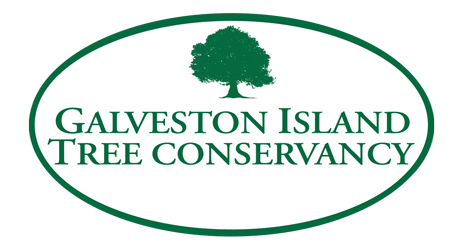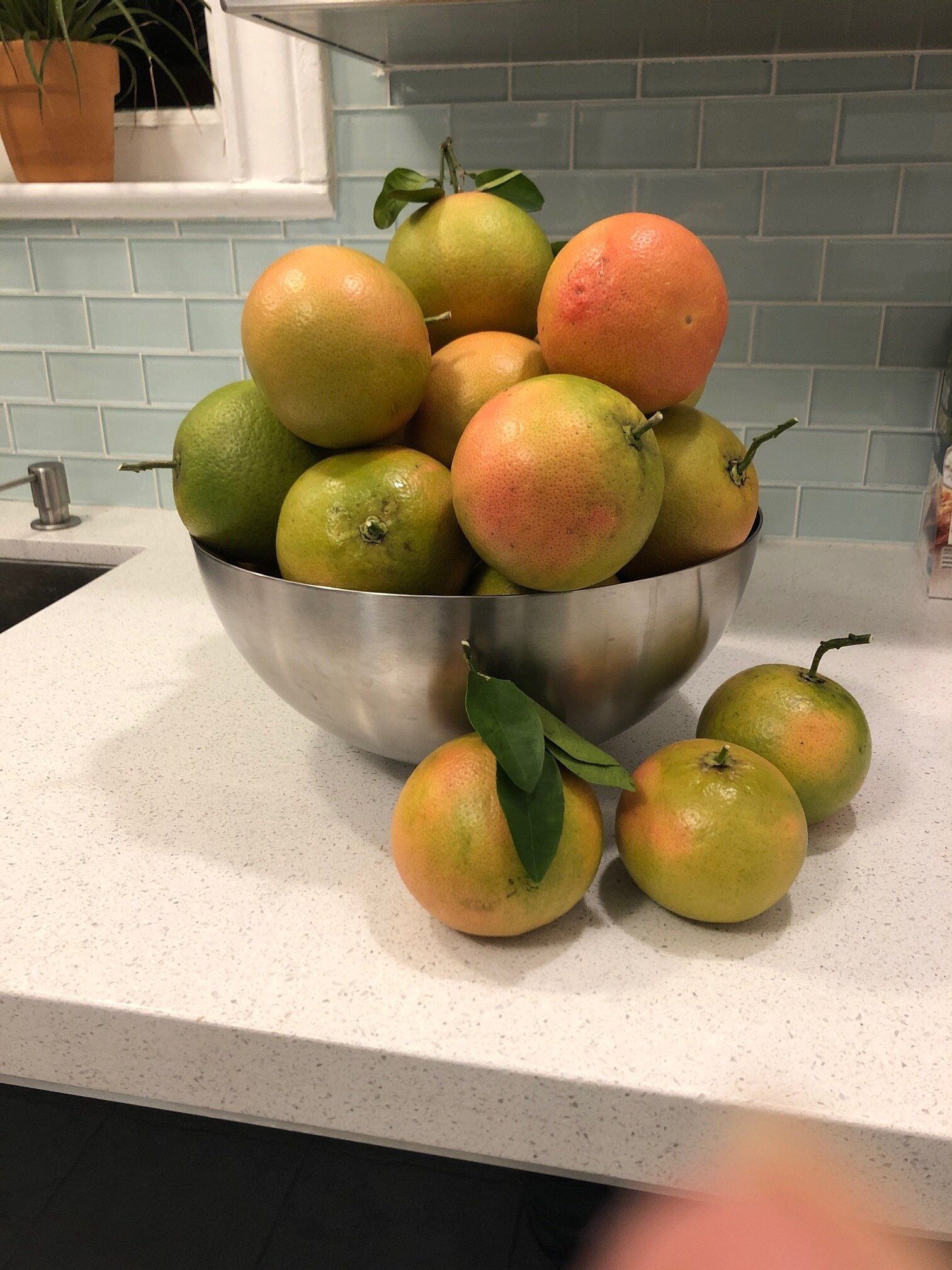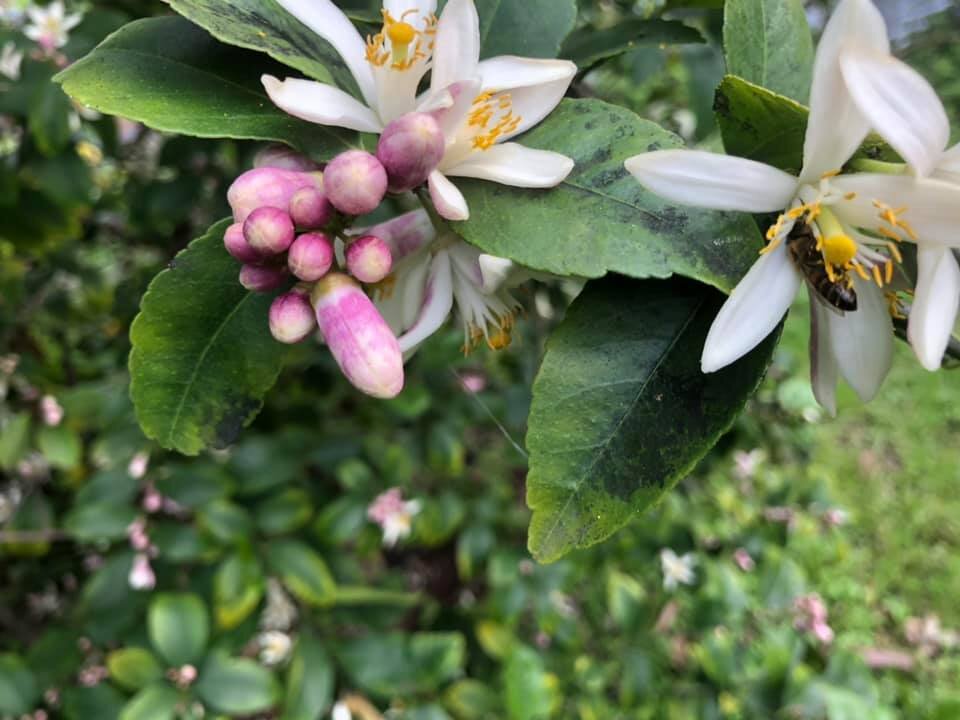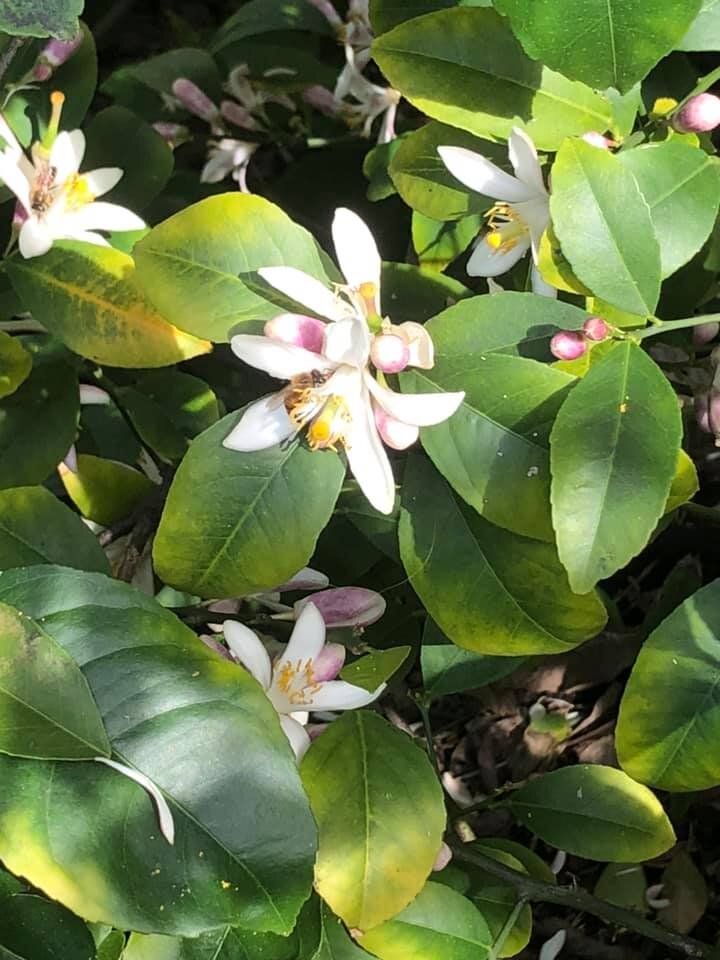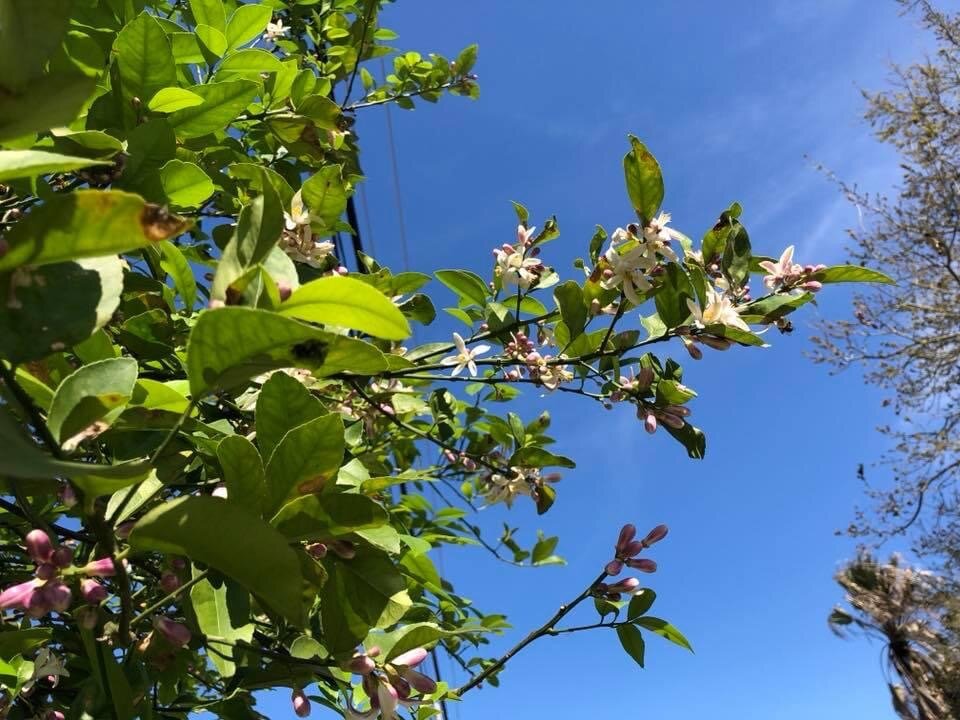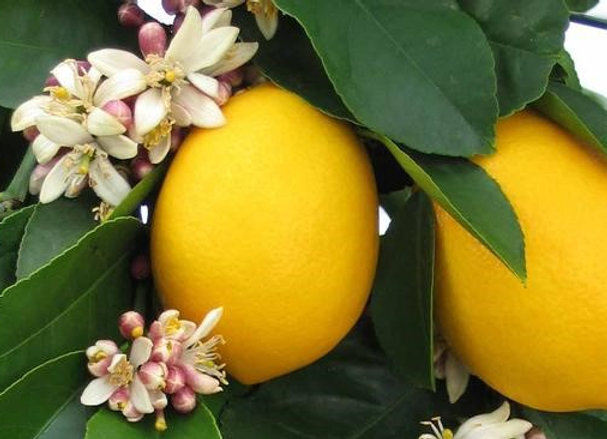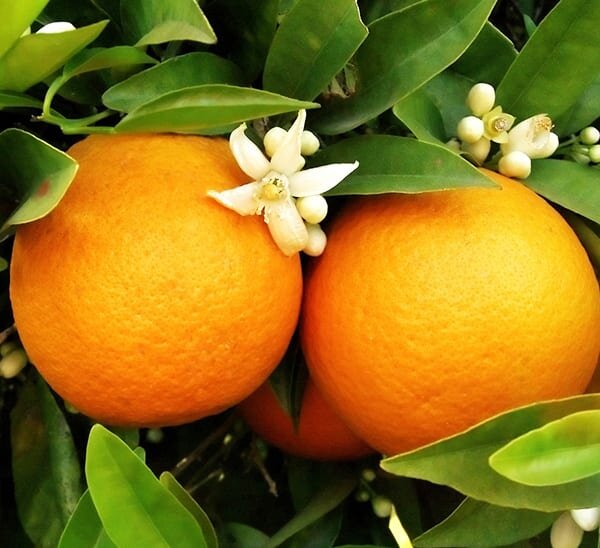When Life Gives you Lemons
Tree Stories -- When Life Gives you Lemons....
Winter holidays are past and outdoor decorations are stored. But here on the coast some trees are still adorned with lovely yellow and orange globes--citrus! For weeks I've enjoyed kumquats from my small tree’s bumper crop thanks to generous fall rains. A friend has harvested 900+ Meyer lemons. There are some huge grapefruit down the street. Not to mention oranges, limes, satsumas, loquats, and tangerines--there are dozens of varieties of citrus, many of which can be grown right here.
In addition to providing fruit, these shrubs or small trees are attractive and maintain their glossy, aromatic leaves all year. They originated in Southeast Asia but have spread everywhere that climate allows. They were grown in tubs and wintered under cover in Renaissance gardens, and no royal or aristocratic residence in the 17th and 18th centuries lacked an “orangerie”. Flowering and ripening times vary by variety and fruit ripens fully on the tree. Smaller fruit, such as limes or lemons, can produce multiple crops per year depending on temperature and rainfall. Citrus is generally not frost hardy and thrives in a consistently sunny, humid environment with fertile soil and adequate moisture. Galveston island is a fine place for citrus due to our mild winters.
The fruit has multiple uses beyond its good taste. Citric acid in the fruit has been used as in canning, flavoring, cleaning, and even photography development. High vitamin C content prevents scurvy (resulting in British sailors’ nickname of “Limey”). High citrus intake is associated with reduced risk of stomach cancer and juices may lower the risk of specific types of kidney stones. Grapefruit can be used to lower blood pressure (but it can interact with other medications so must be used carefully).
Citrus plants are important hosts for a variety of butterflies and moths. My favorite is the Giant Swallowtail butterfly. The caterpillars look remarkably like large bird droppings, and the chrysalides camouflage as twisted dried leaves attached to branches. So if you see any of these leave them and you will later be rewarded with beautiful, large black and yellow butterflies.
This tree is not without its enemies, in the form of insects and diseases. Citrus plants are susceptible to infestation by aphids, whitefly and scale insects, all of which are manageable. However a current serious threat is a deadly, bacterial tree disease, citrus greening, which is spread by small insects (Psyllids). Research is ongoing seeking prevention and treatment for this malady.
Rather than growing plants from seed, it is preferable to obtain citrus from a nursery. It will be several years before you have fruit from that planted seed, and it may not produce what you want. Most available citrus trees are produced by grafting a desired fruiting cultivar onto rootstocks selected for disease resistance and hardiness. Galveston County Master Gardeners created a book with excellent advice about growing citrus, Ambrosia from your Backyard, available for free download at http://aggie-horticulture.tamu.edu/galveston/publications/Our_MG_Publications.htm.
If you have a sunny spot in your garden, consider adding one of these lovely trees. Let me know when the lemonade is ready.
“Tree Stories” is an ongoing series of articles about outstanding Island trees, tree care, and tree issues. If you have or know of a special tree on Galveston Island that should be highlighted, please email treesforgalveston@gmail.com. Margaret Canavan is a Galveston resident, a Galveston County Master Gardener, and a member of the Galveston Island Tree Conservancy Board.
Hurricane Ike caused the loss of 40,000 trees on Galveston Island. The Galveston Island Tree Conservancy was formed to address that loss and has replaced over 14,000 through grant-funded plantings and giveaways.
